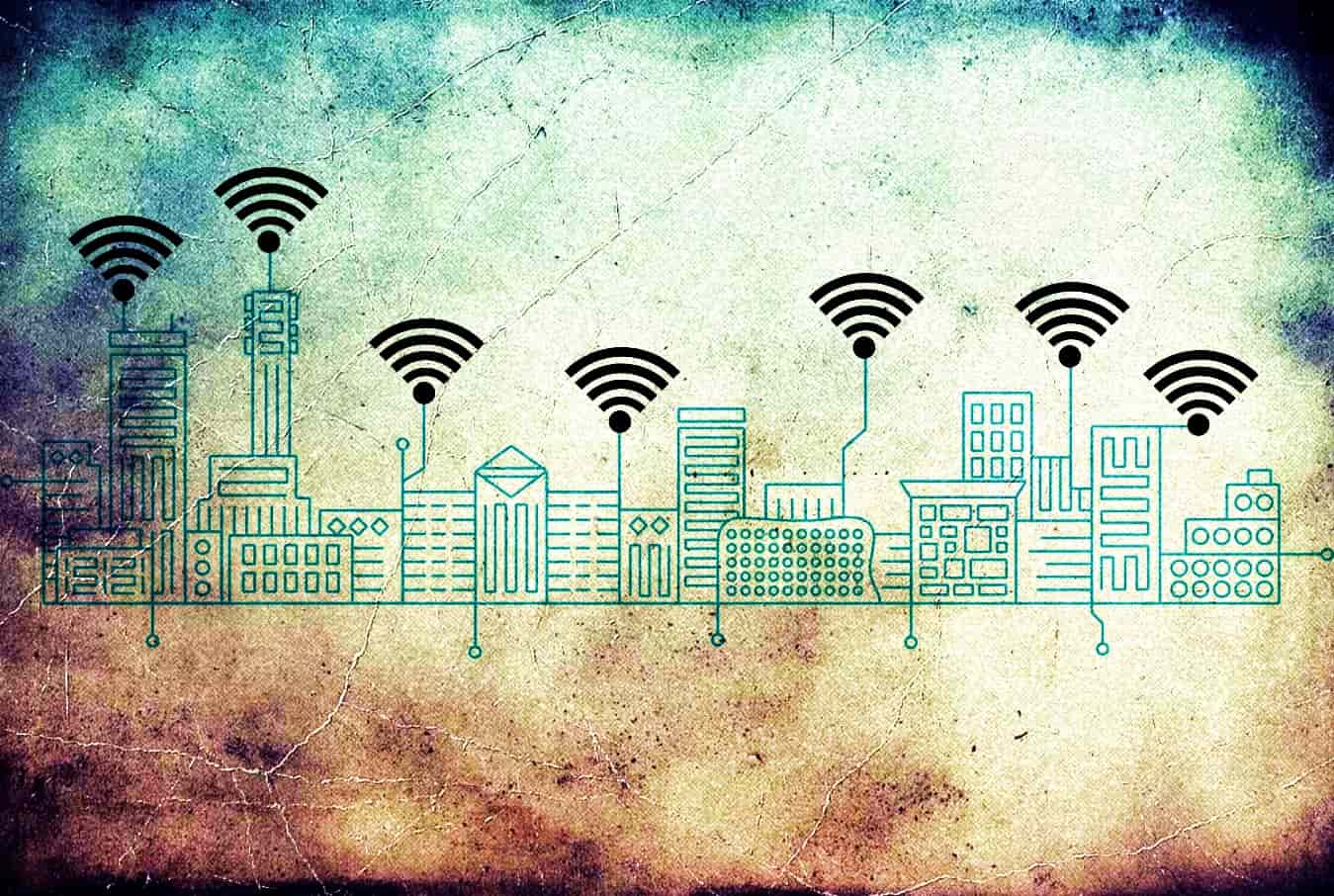On approximately September 15, the most eagerly anticipated event in the 2022 crypto calendar will take place. That’s when the second phase of The Merge is set to occur, transforming Ethereum – and crypto as a whole – forevermore.
Previously dubbed ETH 2.0, The Merge describes the transition of the Ethereum blockchain from Proof-of-Work to Proof-of-Stake. For a network of this size and complexity to switch consensus years into its lifecycle is unprecedented. The entire industry will be watching with bated breath to see how the convoluted transition to PoS goes down.
If the move passes without a hitch, it will signal the end of PoW as a consensus mechanism on serious smart contract chains. But there are a lot of ifs and buts that will need to be met for that outcome to materialize. Should the Ethereum merge fail, or prove only partially successful, it will place renewed demands on layer-2 networks to pick up the slack and route the bulk of the traffic.
Eth Faces Its D-Day
It’s no exaggeration to state that The Merge, set to occur in stages on September 6 and 15 as it stands, will be the biggest event in Ethereum’s history. In terms of eyeballs monitoring it and dollars wagering on it, The Merge is bigger than the Ethereum ICO and The DAO debacle combined.
The first part of the Merge, dubbed Bellatrix, will see the current mainnet combine with the Beacon Chain – the PoS doppelganger that’s been running in parallel since 2020. Bellatrix will also see the removal of mining difficulty, paving the way for Proof of Stake. Then, just over a week later, comes ‘Paris,’ when PoS is formally introduced.
There have been multiple dress rehearsals for Ethereum’s two red letter days, with testnets upon testnets being used to gauge every possible thing that could break. And yet, even if The Merge goes off without a hitch, there are other problems that could surface. There’s the specter of an ETHPoW chain that is likely to gain support from Ethereum miners, for one thing, and which will at the very least serve to muddy the waters.
Moreover, PoS Ethereum hasn’t even launched and already there are those predicting it will be used to censor transactions. Mining service AntPool has even gone so far as to declare it won’t manage client funds on PoS ETH for this reason. Throw in centralization concerns, with Coinbase, Kraken, and Lido dominating ETH 2.0 staking pools, and there’s a lot that could go wrong.
As Fortune acknowledges in its appraisal of the event, “Ultimately, the merge is far from a slam dunk, and various issues may arise—like hiccups with clients or software verifying transactions, and application breakdown, among others—that are so complex they can be difficult to plan for. Bad actors might also try to sabotage the process.”
Layer-2s on Standby
There’s a common misconception that ETH 2.0 will drive down fees and increase throughput. Spoiler alert: it won’t. Network fees, like block times, will barely change, as will TPS. There are further protocol upgrades tabled that will build upon the switch to Proof of Stake to deliver greater scalability, but these improvements are months or years away.
In the meantime, the architects of fast and cheap L2s have been positioning themselves as best qualified to pick up the excess traffic that can’t be routed directly through Ethereum. One of the leading candidates is Boba Network, which has been angling for the scalability crown for some time and has the data to back up its claims. With transaction fees 60x lower than Eth, there are certainly incentives to utilize the L2 purely on a cost basis.
What differentiates Boba from the other L2s tabling similar claims is the maturity of developer tooling that makes the L2 capable of hosting high-volume dApps. Its Hybrid Compute protocol allows dApps to connect directly to web2 APIs via smart contracts, opening the door to AI/ML, advanced financial modeling, and other services that would be too costly to integrate on-chain ordinarily.
One thing’s clear: whatever way The Merge plays out, layer-2 networks will be required more than ever to bear the load that Ethereum can’t carry. As the countdown to The Merge creeps lower, the industry is on a knife edge. The events of September 2022 could reshape the blockchain scaling wars for years to come. Whatever the outcome, layer 2 will be on standby.










